Introduction
The Sony GM 100-400 f/4.5-5.6 is said to be Sony’s best ultratelephoto zoom. In this review I will show you how it performs combined with the Sony a7RIII.
Samples
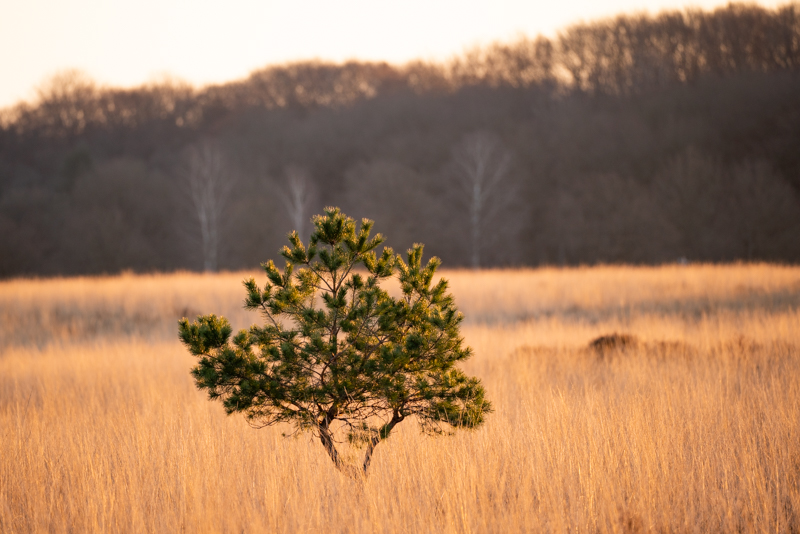
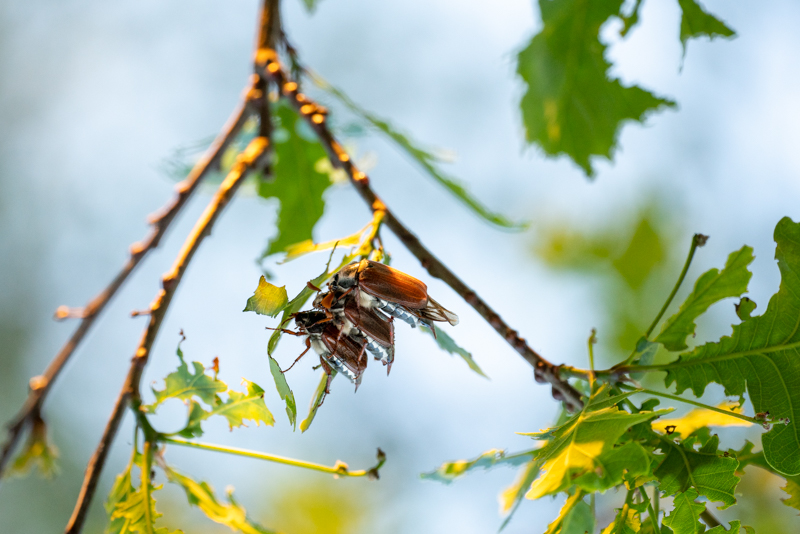
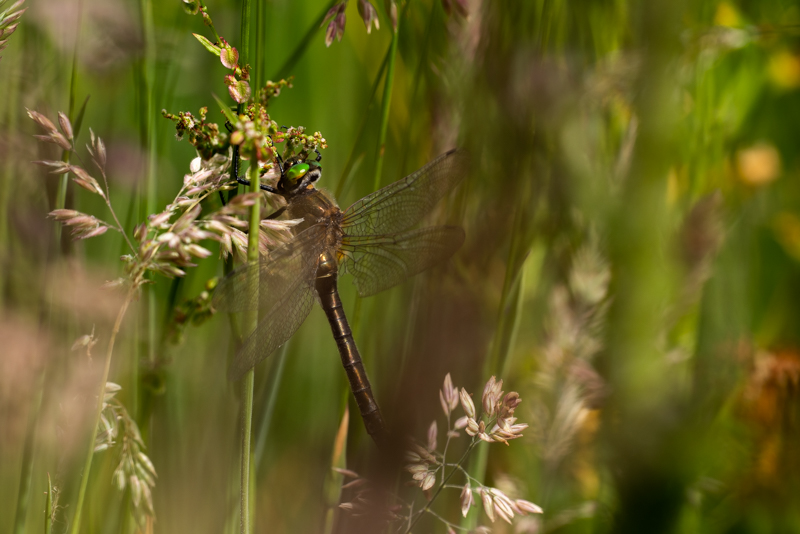
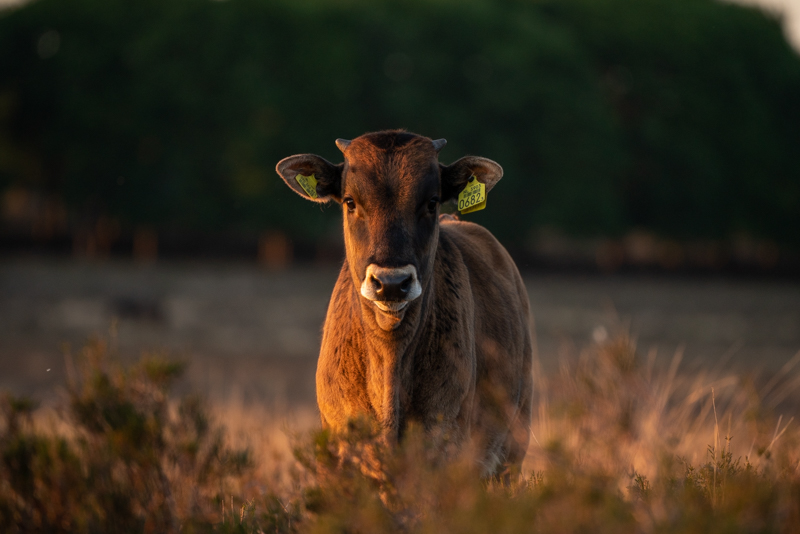
Contents
Specifictions
This lens is the first and so far only 100-400 telezoom from Sony for E mount.
- Diameter: 93.9mm
- Length: 205mm- 285mm
- Weight: 1395g (without tripod mount) or 1476g (with tripod mount) Lens hood: 108g
- Filter diameter: 77mm
- Elements/groups: 22/16 (2x ED, 1x Super ED)
- Field of view: 24゚-6゚10′
- Number of aperture blades: 9 (rounded)
- Aperture: f/4.5-5.6
- Close focusing distance: 0.98m
- Maximum magnification ratio: 0.35x
- Mount: Sony FE
The Sony 100-400 f/4.5-5.6 GM OSS can be found new for approximately €2500,- or used a little under €2000,-
Ebay.de* | Ebay.com*
*Affiliate links, buying via these links won’t cost you any thing extra but it gives us a small commission that helps us to keep the blog running.
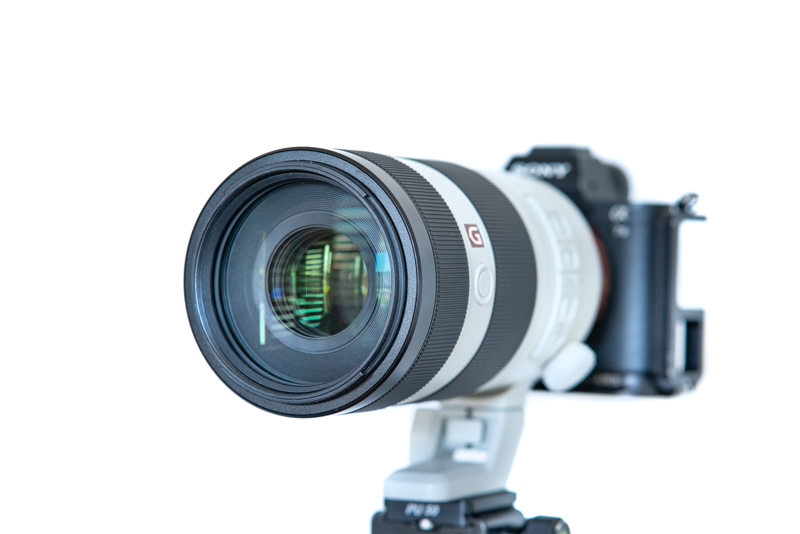
Disclaimer: I bought the lens for full retail price from my own money.
Build quality and handling
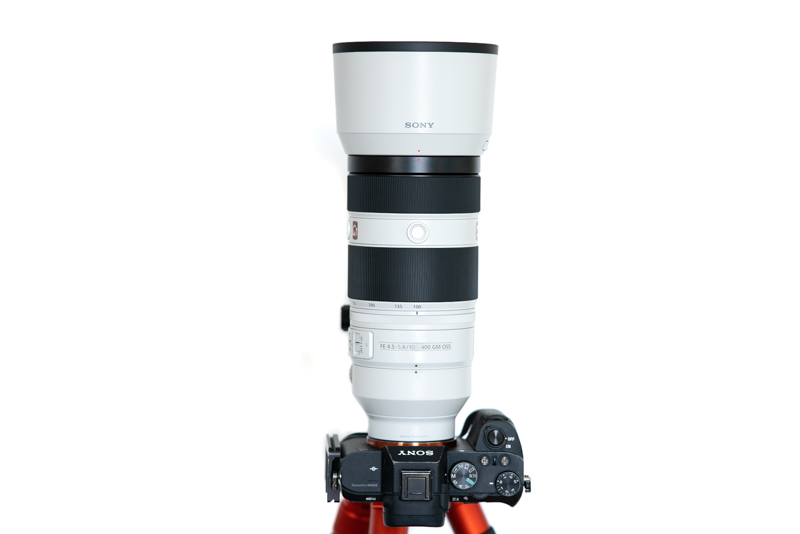
The Sony GM 100-400 is made of metal and high quality plastics. The lens feels solid without play on the rings, the buttons and switches feel solid. There is a small rubber gasket around the mount but it is too thin to actually close the gap between the lens and the camera mount. The focus ring feels nice enough. There is no physical coupling, the focus ring only serves as an encoder. Focusing at infinity near the long end of the lens can be somewhat tricky though, and is not as easy as with a true manual focus lens.The lens focuses internally but it extends a lot when zooming.
There are quite a few buttons and switches on the lens.
- AF/MF switch
- focus limiter switch that limits the focus focus range between 3m and infinity
- on/off switch for OSS
- switch to set OSS mode
- There are three custom buttons that can be used as focus lock buttons etc..
The lens features a ring to tighten the zoom ring to prevent zoom creep. On my sample setting this ring to “tight” was sufficient to fully prevent zoom creep no matter how you hold the lens. However there are quite some claims that this setting isn’t tight enough to prevent zoom ring so I guess it varies a bit from sample to sample.
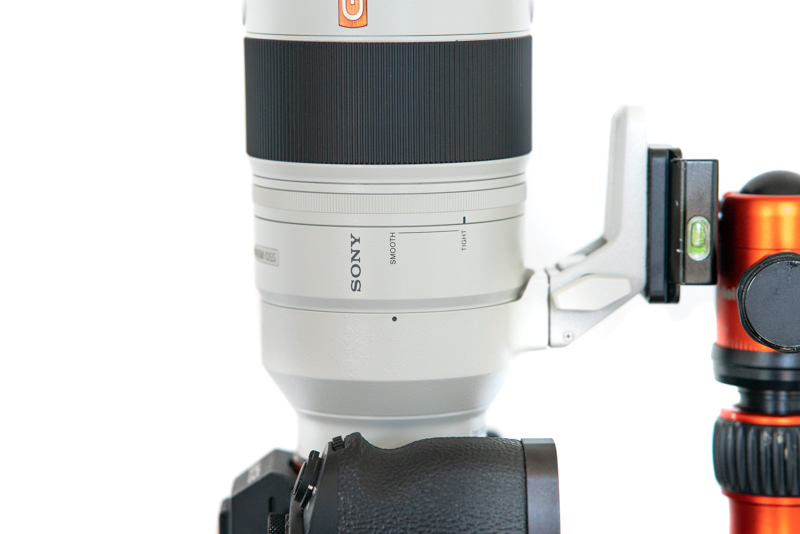
There is a tiny bit of radial play between the lens mount and camera mount. I found it in combination with the a7RIII as well as with the a7II. During use, it didn’t bother me and I only noticed it while testing for it.
The lens features a removable tripod collar that can be rotated which feels very sturdy. Unfortunately it doesn’t feature an Arca Swiss compatible foot so one still needs to attach a plate.
A large plastic bayonet hood is included in the box. The hood is covered with felt at the inside and sits tight. The hood also features a slider so you can make an opening to turn circular polarizers.
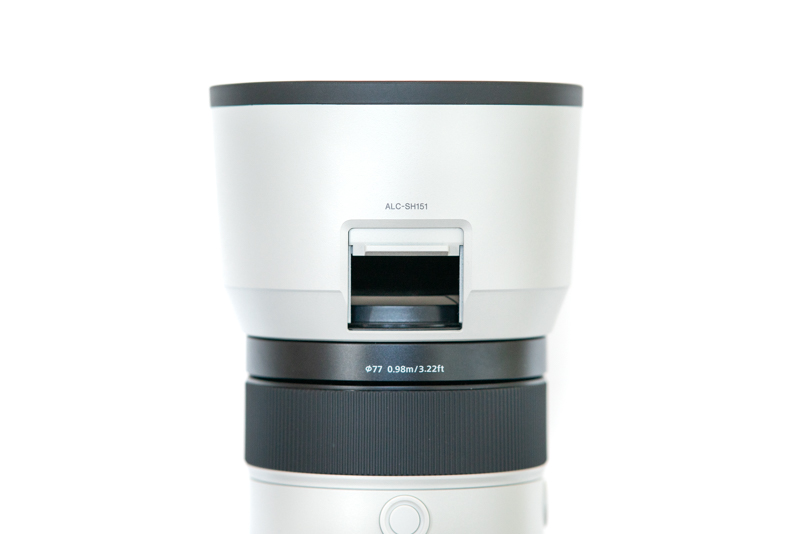
All in all handling was fine on my a7Riii with L-bracket. The three custom buttons were a big plus for me. Still, the lens is heavy and walking around with it for a few hours is a bit exhausting.
When using the Sony GM 100-400 on a second generation or higher Sony a7 body or a9, one profits from 5-axis stabilization.
In general stabilization works fine, at shorter distances (up to at least 10m) at 400mm I was able to get a decent amount of sharp images at 1/80 sec. At longer distances and near infinity a tripod is recommended though when there isn’t much light.
Vignetting
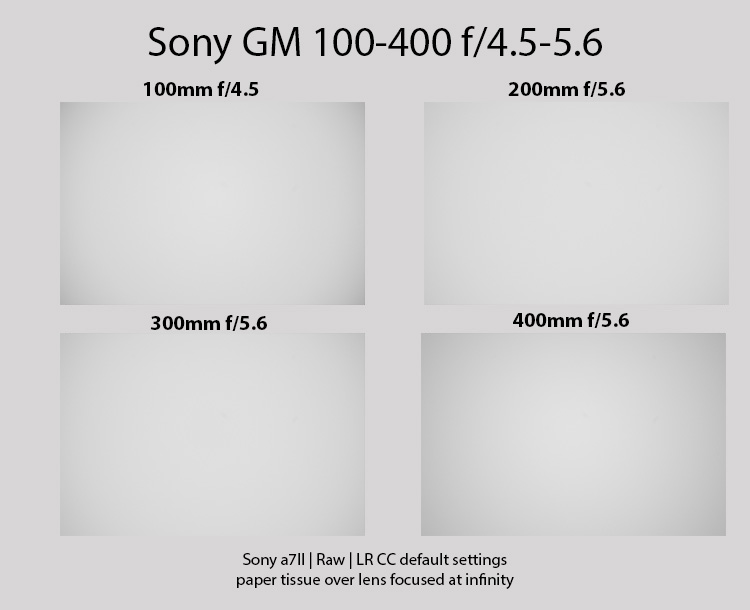
Vignetting is low which is usual for tele lenses. Wide open the following numbers were measured:
100mm f/4.5: 0.9EV
200mm f/5.6: 0.5EV
300mm f/5.6: 0.6EV
400mm f/5.6: 1.0EV
Stopped down to f/7.1 vignetting is negligible at all focal lengths.
Auto focus performance
Autofocus is fast and accurate on my a7RIII.
With AF-C I could easily track flying birds. Also tracking a dog that was running towards me very fast was not much of a problem, most pictures were well in focus.
Eye autofocus works accurate as well in AF-S, I did not notice any front or back focus issues.
The only scenario autofocus was a bit slower is near mfd, however I prefer to use manual focus anyway in such situations.
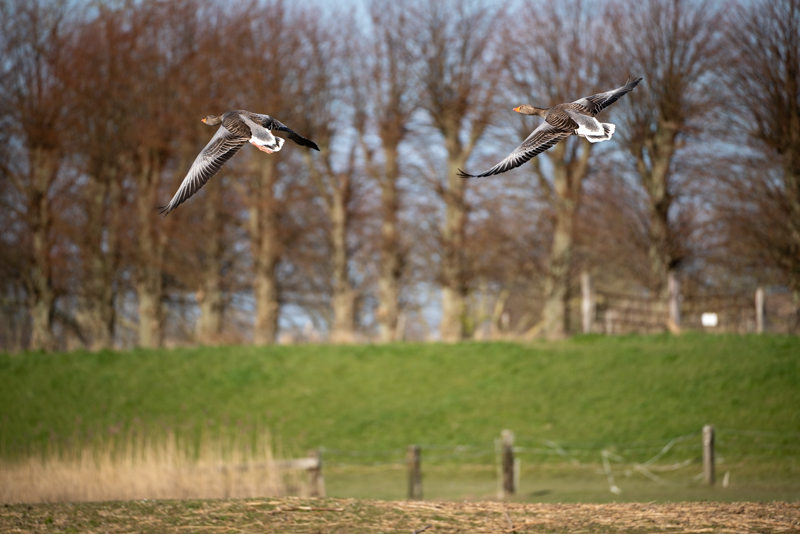
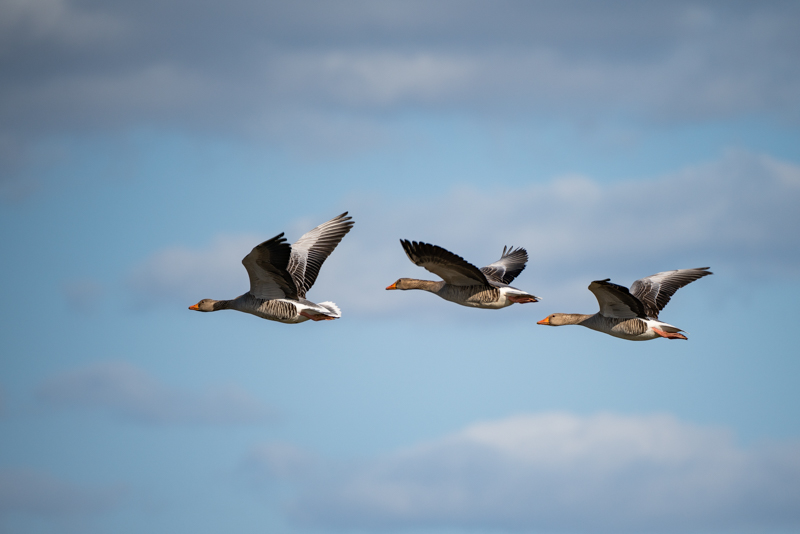
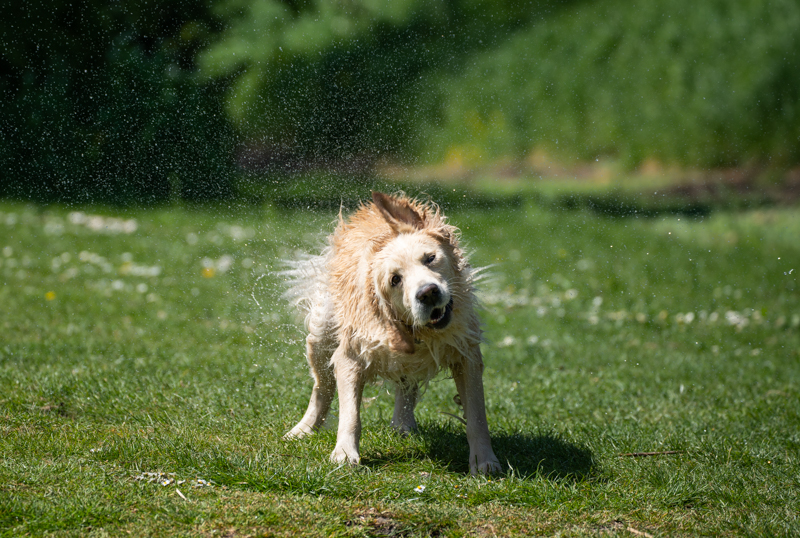
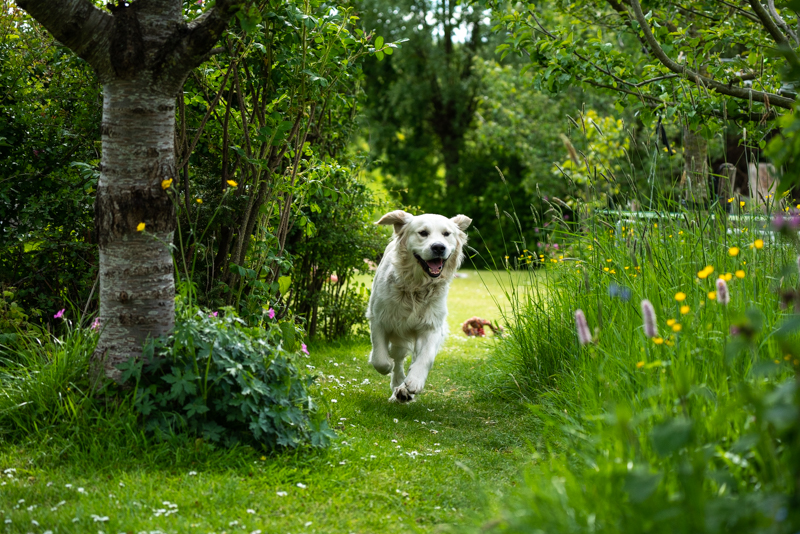
Sharpness
Sharpness infinity
Center sharpness is very good from wide open at every focal length, the midframe always looks great as well. The corners are best at 200 and 300mm and a bit worse at 100mm and 400mm on this sample. Are the corners bad? No, but they simply look not quite as well as the midframe.
At 200 and 300mm sharpness in the extreme corners is almost as good as midframe sharpness, only contrast is a bit lower.
All in all, across the frame resolution the plenty good enough for landscape photography. Also remember that especially in summer you won’t be able to use the lens near 400mm due to heat haze which degrades sharpness a lot.
Field curvature
At 400 mm refocusing can make a significant difference as can be seen below. Both pictures were taken at f/11, I refocused without sacrificing center sharpness (focus on tower) to gain better corner sharpness.
400mm f/11 800*800 pix crop
Sharpness near MFD
The MFD of 0.98 meters at 400mm is a great feature of the GM 100-400. Near MFD sharpness is very good as well. The center looks great at all focal lengths from wide open. The midframe looks good from the start already and improves a bit on stopping down.
Corners look good to very good at 100 and 400mm but suffer a bit at 200 and 300mm.
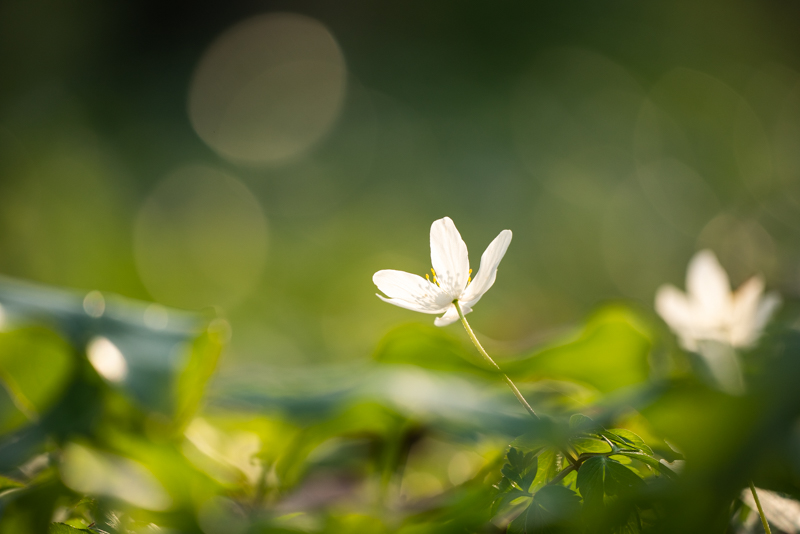
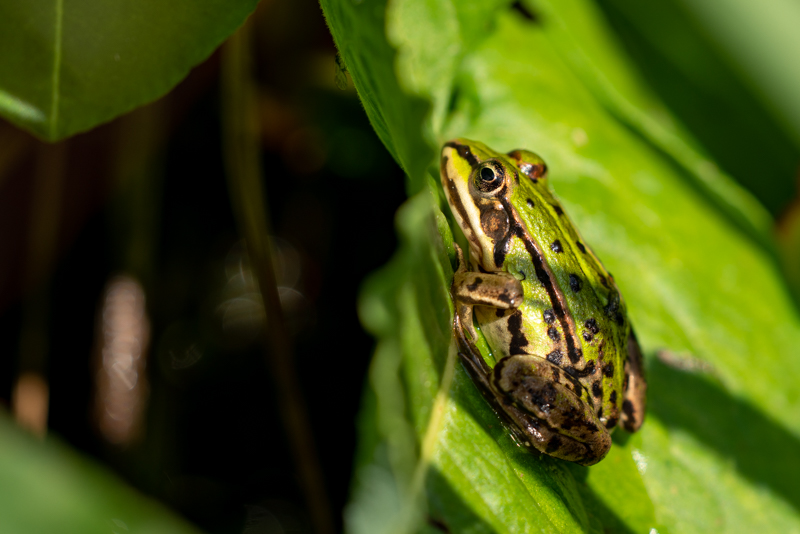
Sharpness at 4m
At 100 and 400mm, center and midframe are excellent from the start with very good to excellent corners, especially the performance at 100mm is remarkable.
at 200 and 300mm center and midframe are great as well, only the corners fall behind and never get great.
Flare resistance
Flare resistance is the only real weakness of the Sony GM 100-400 f/4.5-5.6. With the sun just outside the frame veiling flare can be a serious problem. With the sun in the corners one can observe significant ghosting and some loss of contrast. The lens hood does an OK job but this isn’t enough to prevent serious flare.
In many situations slightly recomposing helps a lot to get rid of ghosts or to at least mitigate them.
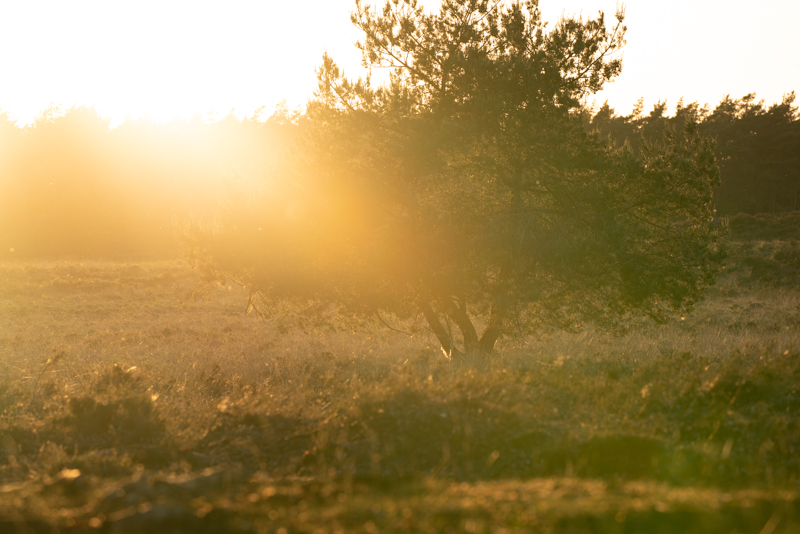
Chromatic aberrations
Longitudinal chromatic aberrations
There is LoCA visible in very demanding situations like in the example below, but in general LoCA are not a problem at all.
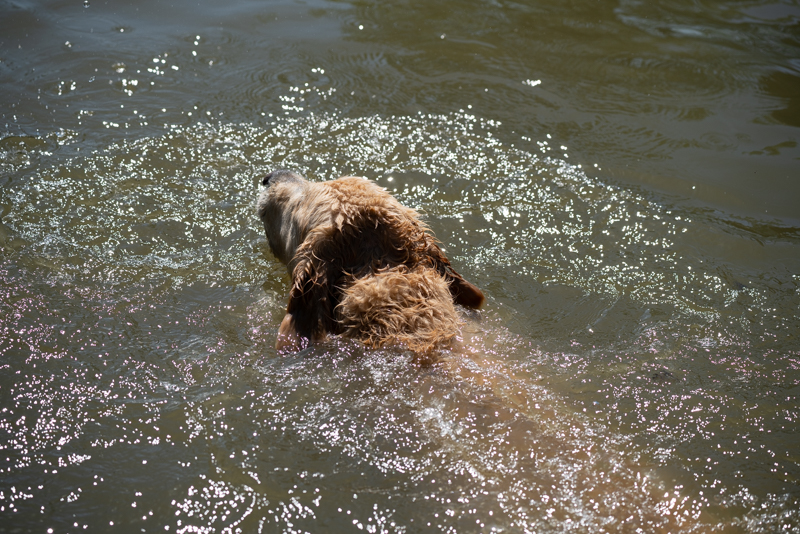
Lateral chromatic aberrations
LaCA correction is very good, only in a few demanding cases I could notice some. Levels were low enough to make correction in post easy.
Bokeh
Despite the slower speed of the lens, bokeh in general is very smooth at all focal lengths. Bokeh balls usually show barely any outlining or onion rings.
In the comparison below I did not change my position
Only with objects in the foreground like grass one can observe double edged structures in the bokeh which can be distracting like in the two examples below.
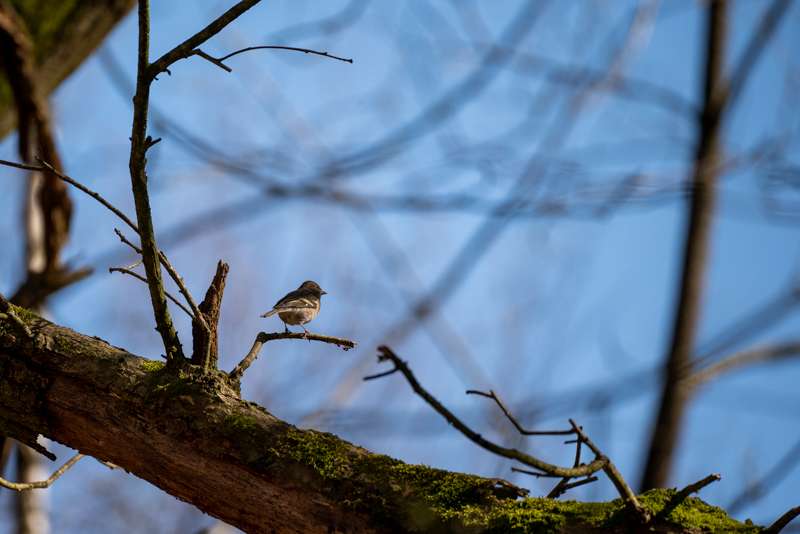
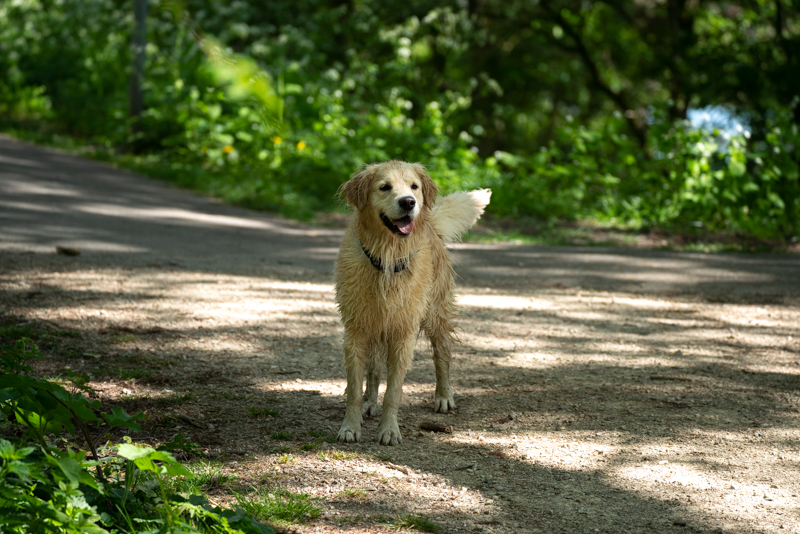
This happened only in a few occasions. To get a better idea of the bokeh in general use, see the photo’s below.
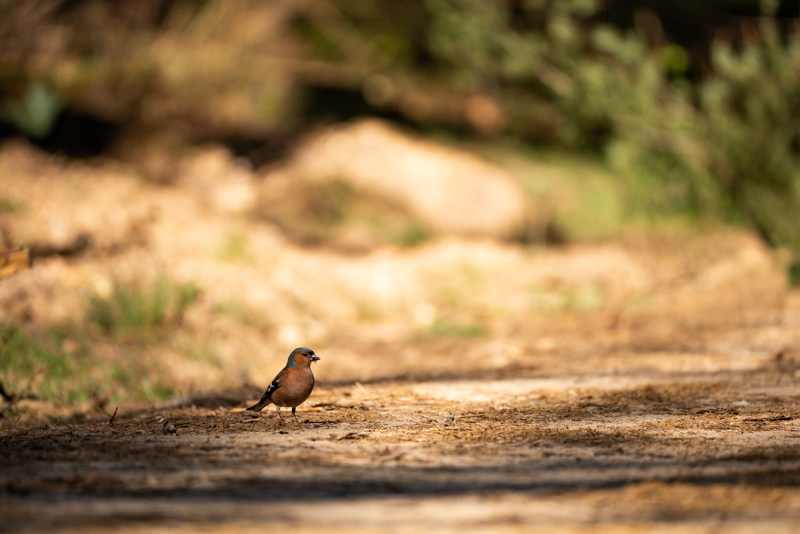
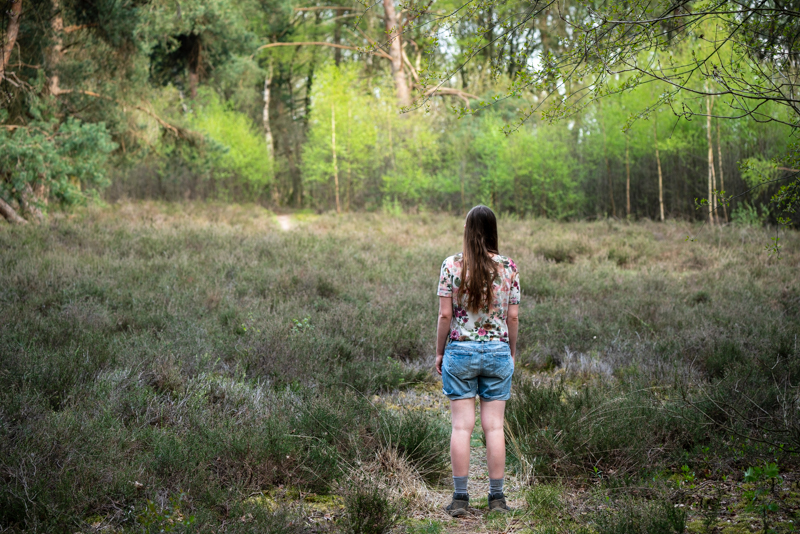

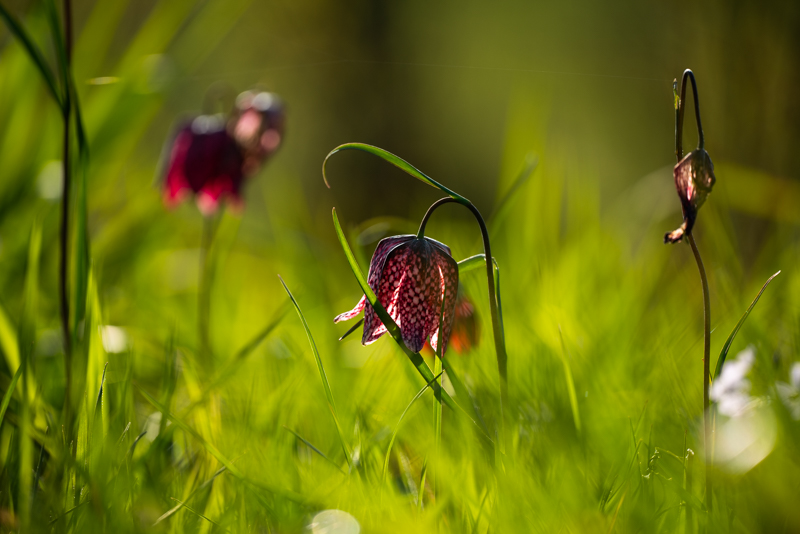
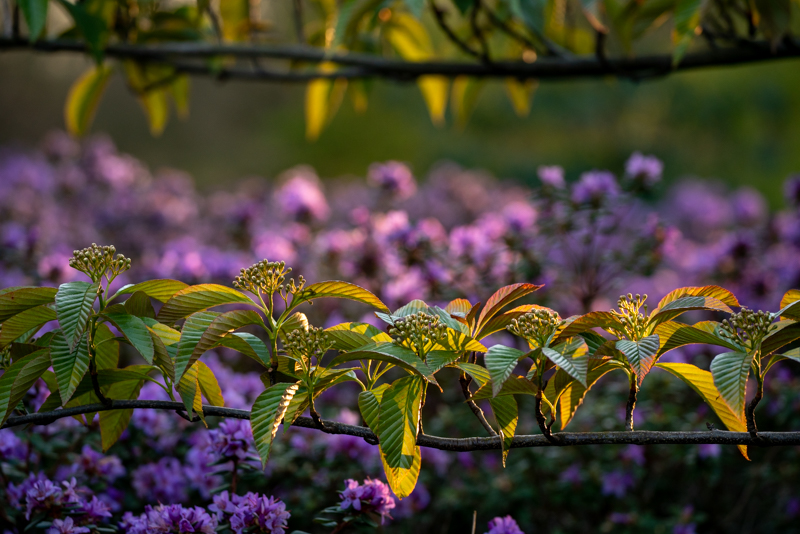
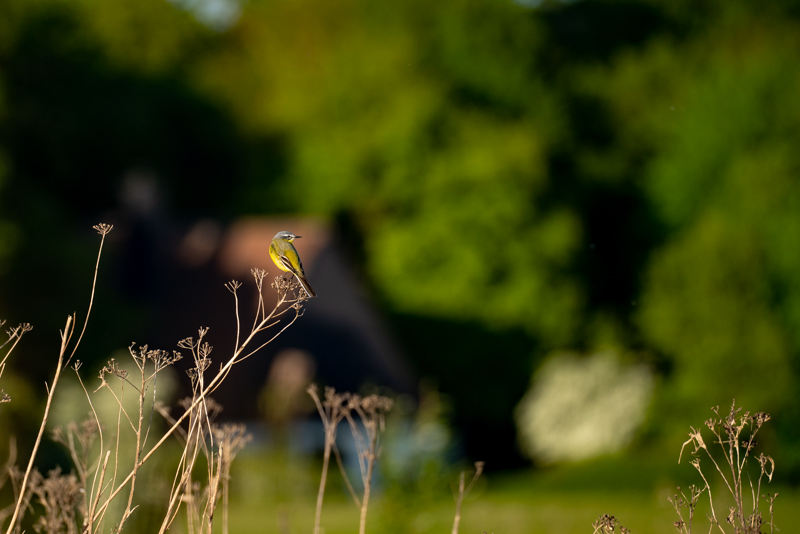
Distortion
At the short end distortion is negligible, at 200, 300 and 400mm there is some pincushion distortion present that you want to correct. If you enable the automatic distortion correction in camera, the camera does it for you.
Alternatives
Canon 100-400 f/4.5-5.6L IS II USM
The Canon is quite a bit cheaper but you will need an adapter to use this lens on a Sony camera which probably has a negative impact on AF speed. Furthermore the Canon 100-400 is +/- 170g heavier without an adapter, with the Sigma MC II the difference is almost 300g. The Sony is should be sharper, especially at the long end, but I did not test them side by side.
CONTAX ZEISS VARIO-SONNAR T* 4.5-5.6/100-300
The Zeiss is much cheaper, and significantly lighter. The Zeiss is also shorter and offers no AF. The Sony has smoother bokeh and is better corrected for CA, sharpness is very good on the Zeiss though.
Sigma/Tamron 100-400
Both are lighter and cheaper, bokeh is less smooth and the Sony is sharper. However, if you don’t have an infinite budget they might be a good choice.
Sony FE 70-300 f/4.5-5.6G OSS
The 70-300 is quite a bit cheaper and lighter than the 100-400 (+/- 600g). A good sample of this lens is very sharp but it has a bad reputation for high sample variation.
Sony FE 200-600 f/5.6-6.3G OSS
In case birds and wildlife are your main focus this one might be the smarter choice since it offer significant more reach. However, the 200-600 f/5.6-6.3 also is much larger and heavier than the 100-400 (near 700g).
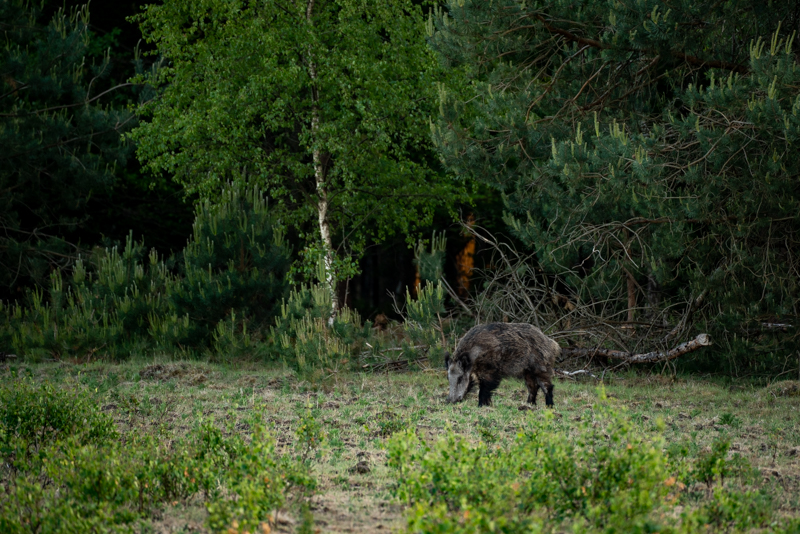
Conclusion
| Good | Average | Not good |
|
|
|
The Sony GM 100-400 f/4.5-5.6 is a very solid performer, as it should be with its price tag. Sharpness is great for a zoom, bokeh is very smooth, CA correction is good and AF is fast and precise.
Besides the optical qualities, build quality and handling are very good as well.
Despite 400mm being a bit on the short side, the lens delivered satisfactory results when I used it for photographing birds from wide open. Sharpness is great combined with great bokeh even at longer distances.
Due to the good bokeh, the Sony GM 100-400 can be used for portraiture as well despite its limited speed. However a faster lens like the 70-200/2.8 will deliver some more blur and is more suitable for this purpose.
The minimal focus distance of only 0.98 m at all focal lengths makes it a semi macro lens which makes it two lenses in one. For me personally this was one of the main reasons to buy this lens. Especially the great resolution near mfd is a huge plus. It makes it a very useful tool to take pictures of frogs and insects with coming too close.
Due to the very good sharpness across the frame near infinity the 100-400 GM is a fine landscape lens as well. You won’t be using the long end near infinity a lot though, heat haze often spoils the game.
After 3 months of use, the Sony GM 100-400 still finds its way into my bag very often. On shorter hikes through nature I always carry it with me to take pictures of birds and wildlife. Was it worth the high price? For me it was. The Sony GM 100-400 enables me to take pictures I couldn’t take before.
Since I didn’t use the lens very often for landscape photography yet, I will update the review as soon as I have the change to evaluate the performance on this aspect a bit more.
The Sony 100-400 f/4.5-5.6 GM OSS can be found new for approximately €2500,- or used a little under €2000,-
Ebay.de* | Ebay.com*
Affiliate links, buying via these links won’t cost you any thing extra but it gives us a small commission that helps us to keep the blog running.
More samples
Most photo’s in this review can be found in higher resolution in this Flickr album.
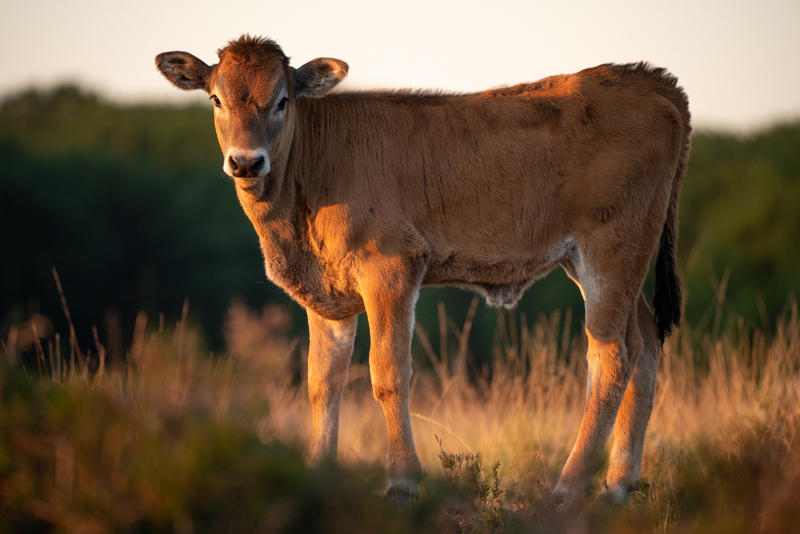
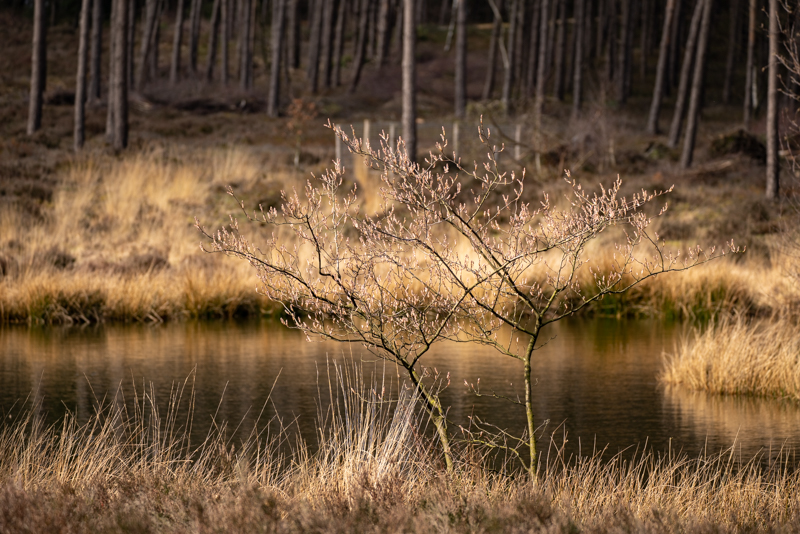
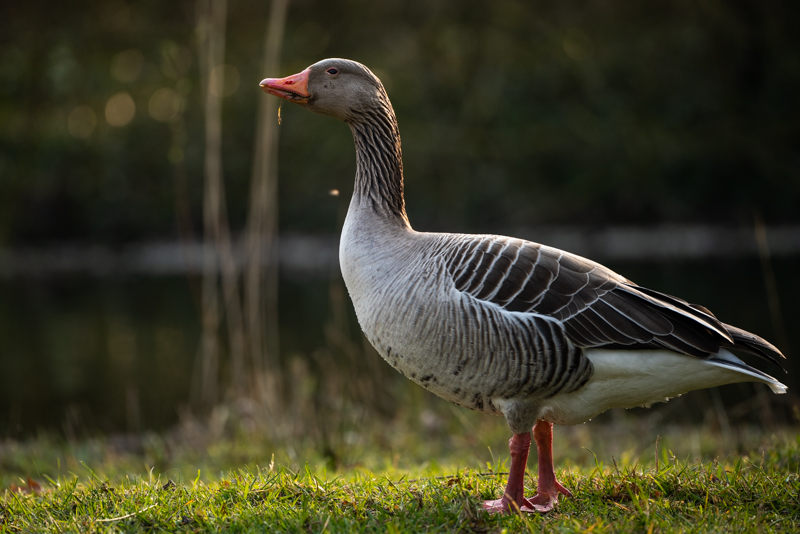
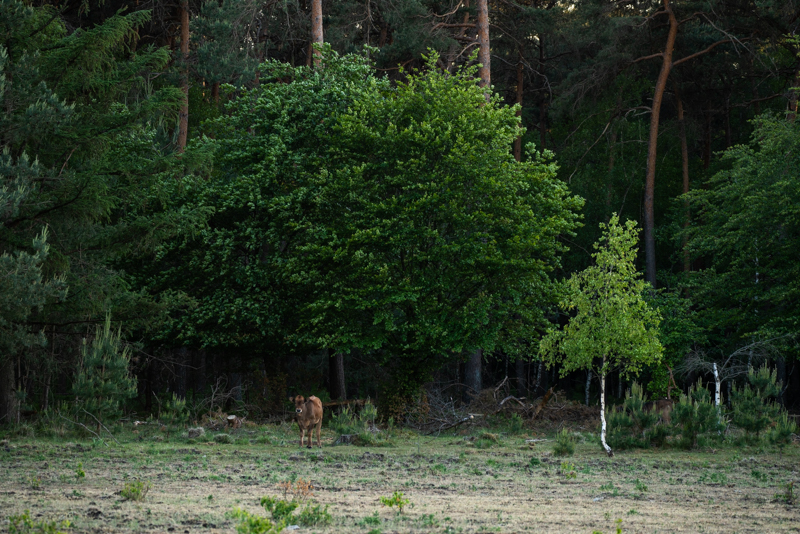

Further reading
- FE list
- Canon FD 300mm f/4
- GUIDE TO THE BEST 50MM LENSES FOR FULL FRAME SONY E-MOUNT CAMERAS
- SONY FE 4/70-200 G OSS
- Viltrox 1.8/85
This site contains affiliate links. If you make a purchase using any of the links marked as affiliate links, I may receive a small commission at no additional cost to you. This helps support the creation of future content.
JuriaanM
Latest posts by JuriaanM (see all)
- Review: Sigma 85mm f/1.4 DG DN Art - January 8, 2022
- A beginners guide to landscape astro photography - March 11, 2021
- Canon newFD 50mm f/1.8: A review - January 4, 2021
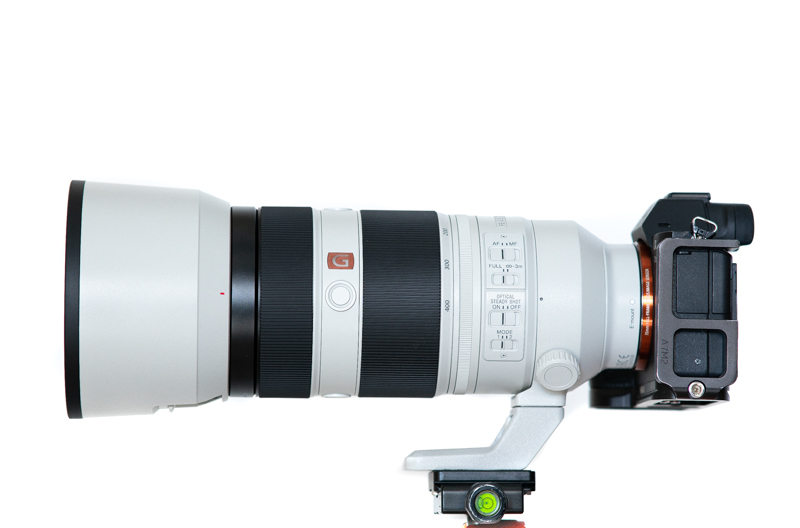
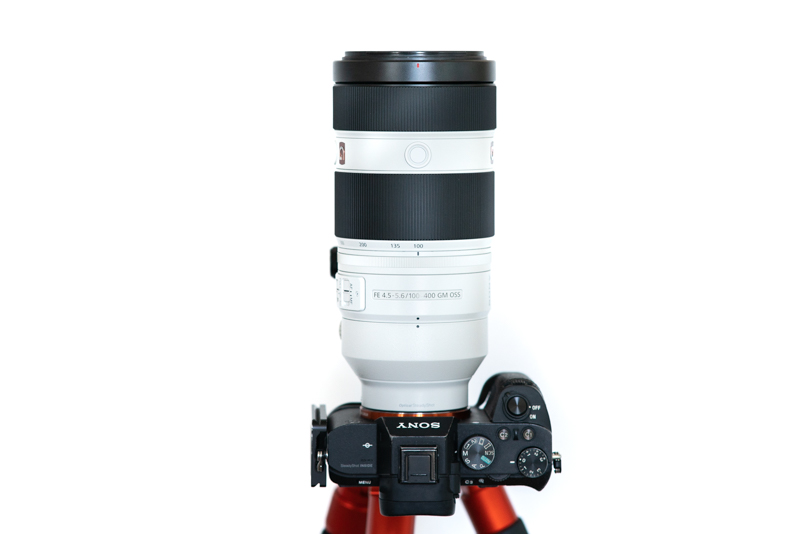
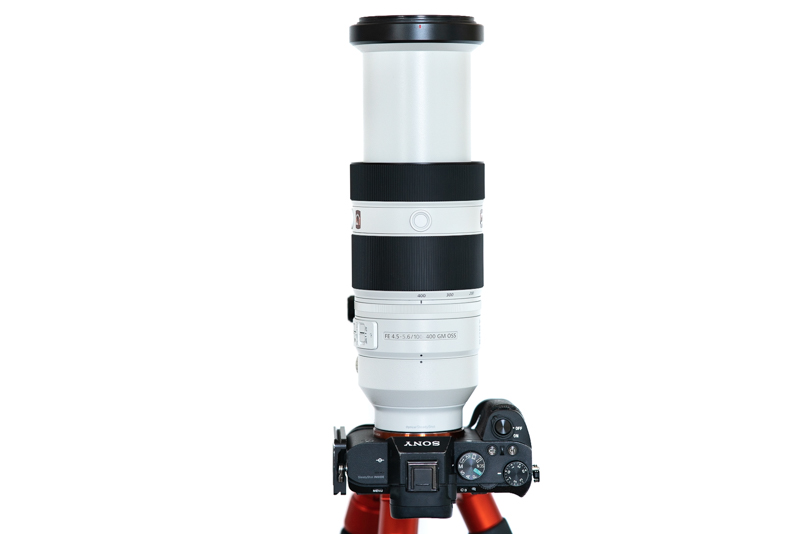




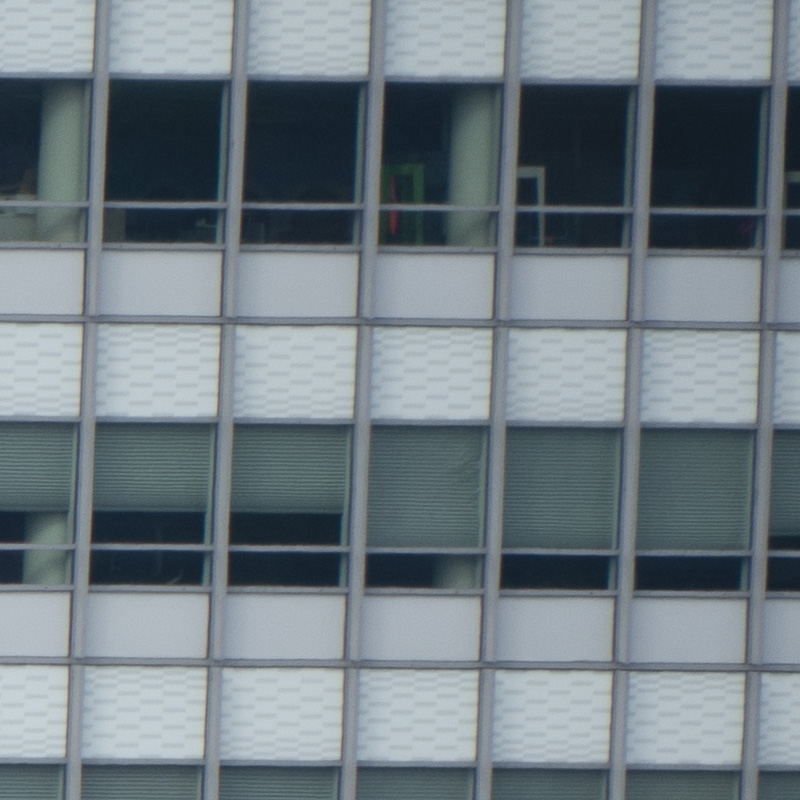


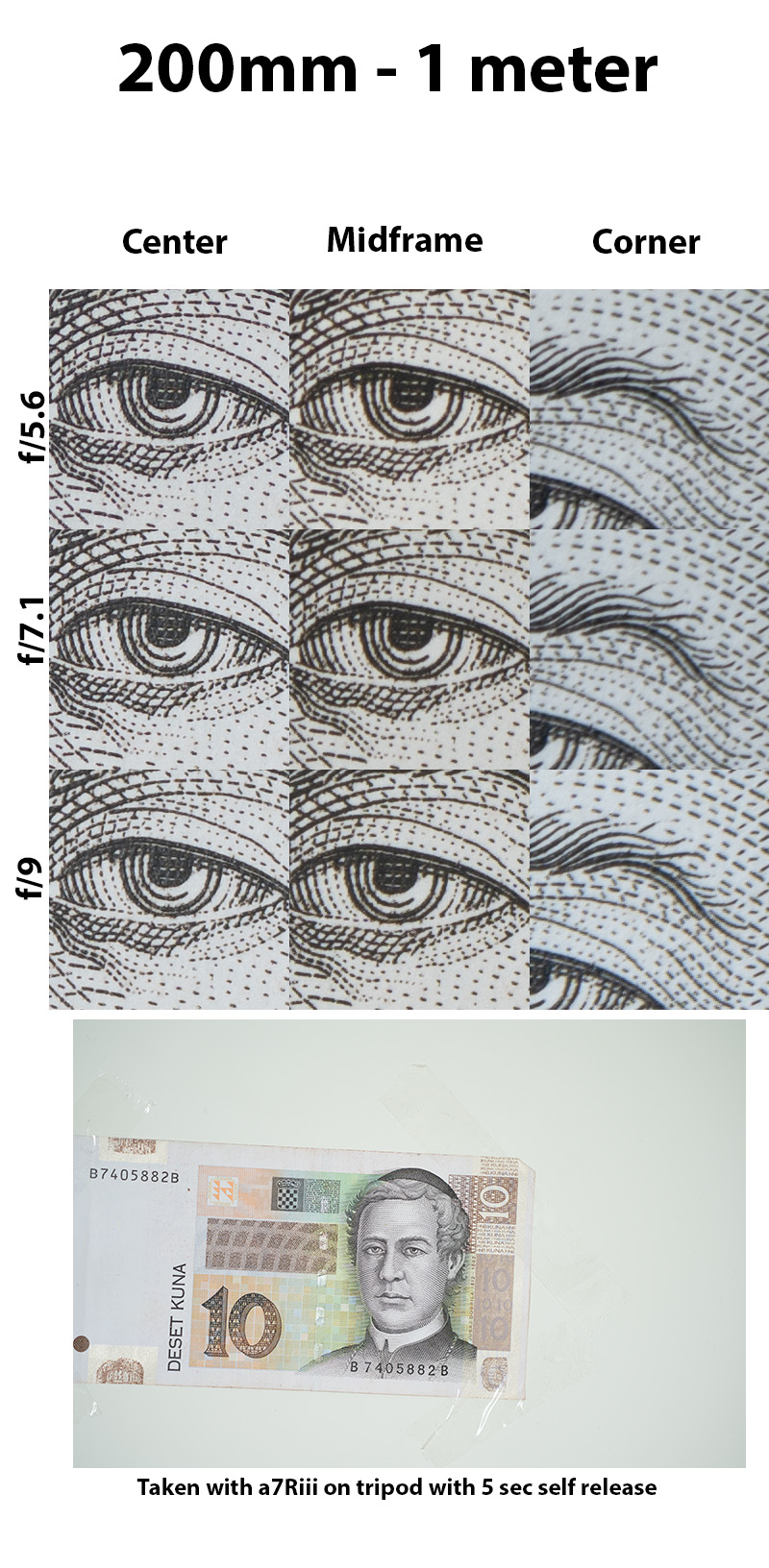

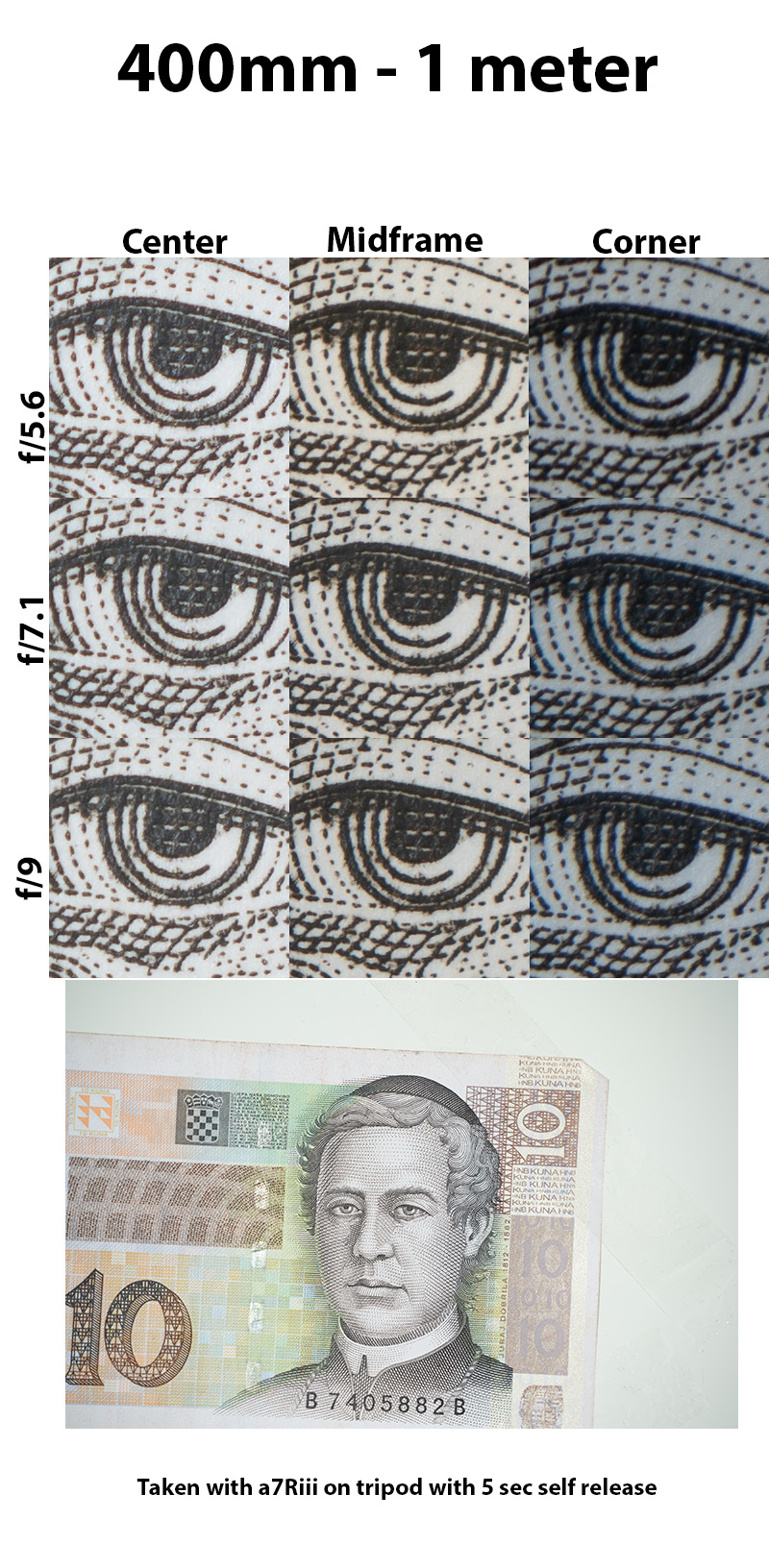





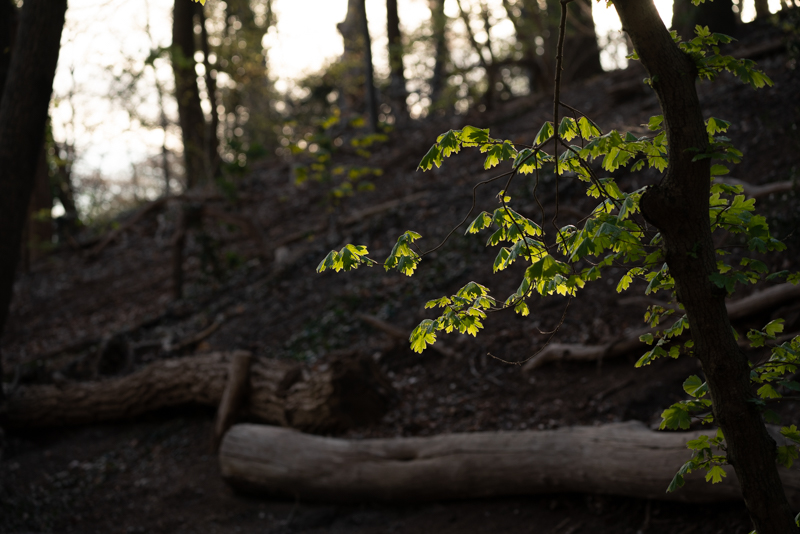
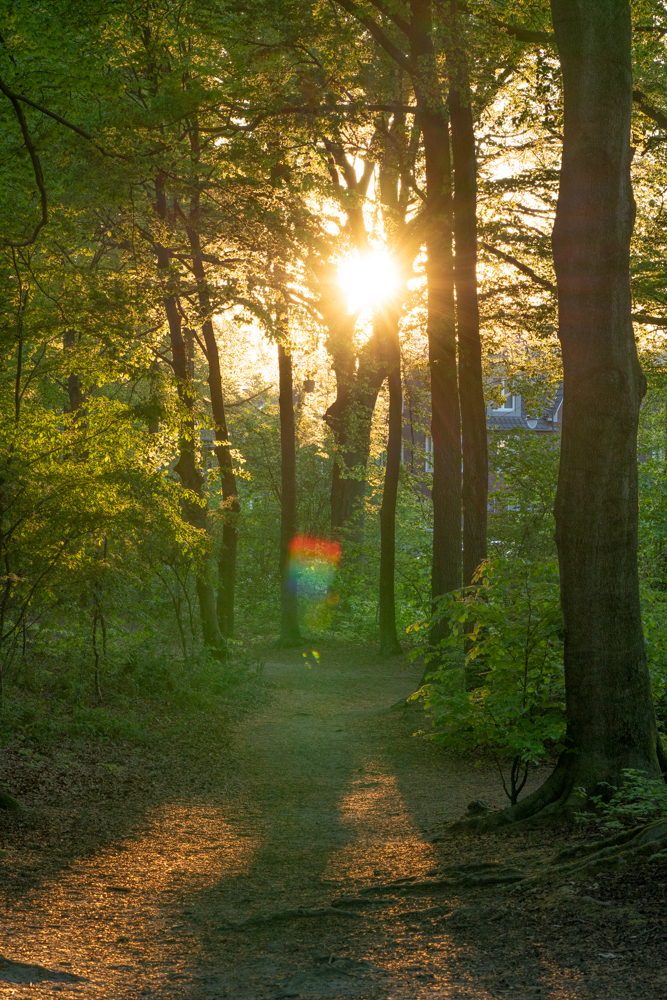




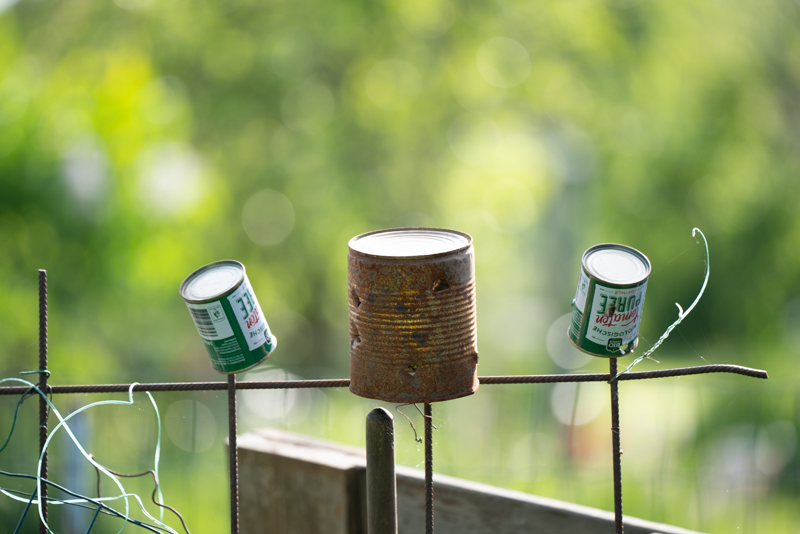






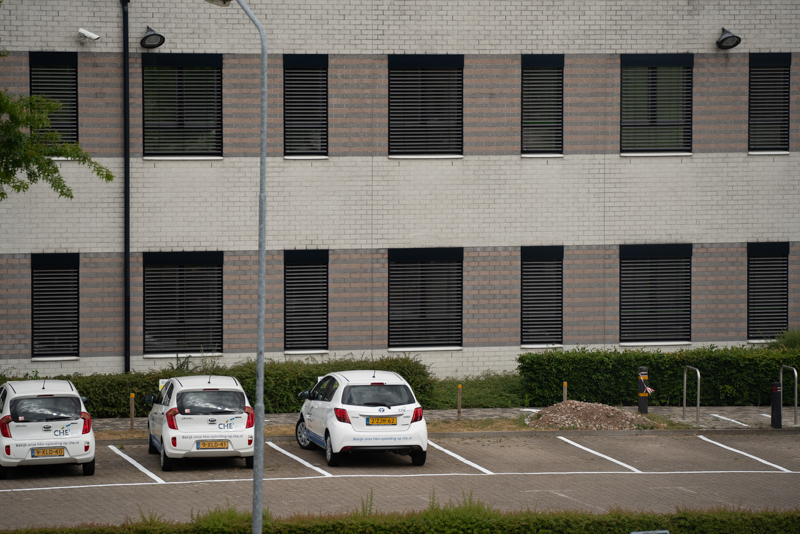

Thank you very much. I was interested in tests of the telephoto lenses for a long time. I hope some of you can continue this work.
I personally came to the conclusion that the 100-400 is not worth the extra money compared to the 200-600G. Yes, the portability is much better, but the price is +600 Euros and approx. +1100 Euros if you buy the 1,4 TC in addition.
Maybe you can also test the 200-600 one day :).
Nice work on this review Juriaan. I picked one up myself over the flash sale on Amazon.nl a few months back. I only paid 1800 euros so I’m a very happy camper with it. It’s wonderful for hikes etc.
Did you also conduct a test with the TCs? I’ve found the 400mm limiting at times for birds that were further away for example.
I got mine with the flash sale as well. I did not buy a teleconverter with the lens, they are quite expensive and I’m not in need for one.
I shortly considered the 200-600, but in the end I didn’t really the extra 200mm and portability meant more to me.
Hi Jim,
I have the 1.4x and while I didn’t do all the rigorous testing these guys do on this site, in real world usage, I can say that to my eyes, the quality loss is minimal. My flickr is linked under my website for this post if you want to see full-size samples.
I haven’t tried the 2x on this lens, but I once tried it on the 70-200GM when I had that lens for a while and I found the results were very soft, so I returned it. I’m assuming it’s more of the same on this lens.
I payed 1861€ in an insane deal on amazon.nl when that site launched this year. SO happy i did. I miss 70mm tiny bit from my nikon 70-200mm F4 Vr, but man everything else is epic about this lens (doenst mean 200-600mm is not a good alternative, i just shoot to much landscape and macro, to pick it over 100-400mm GM).
Excellent review, thank you! Unfortunately I’ve had mediocre experience with slow telephoto lenses in the past — due to their weight and dimensions, those mainly stayed at home, while I was traveling with something shorter and lighter.
Same for me 😊
Still the Tamron 70-180 is good enough for me to take it more often than not… after it returns from the service.
Hi Bastian,
Would be great to see a review of tele lenses for landscape/portraits..you have the 85-135 review but nothing above that, I think. Not many choises maybe?
Maybe you have overlooked a few reviews like:
Canon EF 70-200mm 4.0L
Contax Vario 100-300mm 4.5-5.6
Voigtländer 180mm 4.0 SL Apo Lanthar
Minolta AF 200mm 2.8
Canon EF 200mm 2.8L
180/200mm prime comparison
Canon new FD 4/300 L
Same, sigh !
There is one reason why I’m keeping my Canon 100-400 L II, despite worse AF and the extra weight: The Sony 100-400 reputedly has extremely high repair costs.
That means that any accidental damage, or failures out of warranty, are likely to make it not worth repairing.
That is a valid point!
My SEL100400GM has failed out-of-warranty and the repair quote is 85% of the new list price (a similar cost to the discounted new price). This is not acceptable for what is sold as a professional quality lens – beyond economic repair after hardly 2 years !
If you have this lens, take out extended warranty insurance!
Would you mind sharing what exactly failed/is broken?
If you’re in the eu, things are meant to last six years. You’re legally entitled to that.
Nice review with a diversity of photographed subjects, showing this lens’ strengths; bokeh, sharpness, AF speed and accuracy, reach-in-a-relatively-small package, doesn’t feel plasticky in the hand.
In Sweden it’s the same price as it was when released in 2017 but via ebay it is much closer to the FE 200-600. I had a long internal debate and in the end came to two conclusions: it does take some time to zoom a lens of this design and its point of balance changes when you do. Also, I never used the adapted Sigma 100-400 OS HSM I had prior for close-focus shots. In the end I’m perfectly happy with the FE 200-600, with a black rapid strap and without the hood it’s rather portable : )
Great review! I envy your stamina for carrying such big lens. For this kind of reach, APS or M43 bodies actually make more sense to me. For safari or bird watching trip, certainly; but definitely not a lens that I would put in my bag for biking or hiking trips.
Great review. I was looking forward to this.
I picked up the 100-400 a year ago (actually almost to the day) to upgrade from the 70-300G, which is no slouch. The 100-400 goes pretty much wherever I go — unless weight is a concern, then I still use the 70-300 — and it’s probably my favorite lens.
The 100-400 was already really good on the RII, but I’ve absolute adored it on the RIII since I upgraded earlier this year. I was worried about loss of quality teaming it up with a teleconverter, but the difference is negligible, at least with the 1.4x in my experience.
An excellent review from my favourite Sony photography site. I had toyed with the idea of purchasing this lense instead of the Batis 135mm that I eventually bought (in part on the strength of David Braddon-Mitchell’s review, also on this site).
Thank you very much. It looks like a lovely lens, particularly for wildlife photographers and birders.
Sigma 100-400mm F5-6.3 DG DN OS FE is expected to cost around $ 1000 and is to be smaller and lighter than Sony FE 100-400mm I read at https://www.sonyalpharumors.com/
Yeah that new Sigma might be a very interesting option!
Sigma: You save 200 grams but you lose half a stop… Much better than my Minolta APO 100-500 mm f/8 … which cost me less than 300 £ but has no AF and weighs 2 kg… ouch … but is absolutely mint after almost 40 years…
I had this lens for quite a while and absolutely loved it. I would not suggest compromising with anything else. It has a unique character that you come to know the more you use it. Wondering if someday it will be considered one of the classics. Owned the Nikon 80-400 and it doesn’t have the same feel. Though quite often an inappropriate choice, this lens always seemed to find its way back onto my camera. Was excellent for close up detail work with it’s close focus ability. VERY shallow depth of field. I tend to shoot most lenses wide open but f8 on this lens looks more like f1.2 Even with distant subjects f11 or f16 was much more successful since the subject will move in and out of focus as you breath. I wish I could post a few Humpback Whale surface activity or a some interesting peacock pics. Just buy this lens, it is worth every penny.
Thanks John,
I fully agree with your analysis. Very cumbersome but a great quality lens. Better than any of the MD range (I don’t know about 400 and 600 mm…) real APO, no CA and much better (including off focus (bokey)) than the RF lenses.
But heavy… and may be a bit lost on my limited skills…
Great review! Can only confirm it is a wonderful lens, better than the EF mount 100-400 lens I used before switching to E mount. It’s only problem is price but you obviously got around that. Nevertheless I sold it for getting the 200-600 as the latter is up to the same IQ and gives me the reach to photograph birds. Certainly an overkill if you are more up for landscapes.
Yeah, mine has some lens creep. Will send it in to see if they can tighten that ring some after summer holidays. Good to know this is a common problem, so that Sony should feel obligated to fix it for those affected.
“…to prevent zoom ring…”
Isn’t it “zoom creep”?
Thank you, Juriaan, very much for this review which is (as always on this website ;–) very informative, sensible, and instructive!
If it wasn’t a “little bit” expensive, I would buy this lens today … But the price is OK, given the performance of this lens.
I wanted a long lens for wildlife photography and could not justify the cost difference between this lens and the sigma 150-600 so I went with the sigma. My father in law purchased the sony 100-400 and I’ve had the chance to borrow the lens and found that it seemed a fair bit sharper than the sigma and that I could almost make up for the difference in focal length cropping at 400 vs 600 native on my sigma. At max distance the sigma would still win but not by as much as one would think the additional focal length would add.
I’m still using an A7II so AF on the sigma with MC11 is just so so and the Sony 100-400 did quite a bit better. I could get the AF to lock on a target at 400mm where with the sigma I would often have to start at 200mm, lock AF then zoom to 600mm.
I really liked the 100-400 but am not sure I could cost justify it at more than 2x the cost of the 150-600 sigma. If I were primarily using that lens I would probably have a different opinion but I shoot mostly sub 50mm.
Thx a lot for the review for the review. Good work as usual.
I got this lens almost 2 years ago and am very satisfied with it.
The only critic point is the quality of the hood’s lock mechanic.
I was using it on my travels and it broke after second day.
Sony used cheap plastic locking mechanisms. Really bad decision for a lens in this price level.
Thanks for the nice review. The new Sigma 100-400 DG DN OS for Sony e-mount is getting good reviews. At 40% of the price of the Sony 100-400, it is a strong competitor. Only downside is that there is no Sigma telecoverter and the Sony TCs won’t work with the Sigma.
Fantastic Review as always on this site.
I bought it more than a year ago for landscape and astro photography with a star tracker mount and at times I was asking myself if the 70-200/f2.8GM would have been a smater choice.
Finally I realised that some of my greatest landscape shots were done at 400mm and even above with the 1.4x teleconverter. It needs a high-end guided tracker and lots of patience to use 400mm for long exposure on astro pictures but the results are at times stunning.
It is indeed a fantastic lense. Tack sharp but heavy.
Only the tripod shoe proved to be a problem if you have windy conditions. Better take it off for long exposures and mount the lense directly on the tripod.
Am mostly happy with my 100-400. Perhaps noteworthy that the “three custom buttons” are not different in function; at least on my A7iii I can only define “custom button”-functionality in the menu, but not separate per custom buttom, therefore all there three buttons have the same functionality as far as I see.
The only thing I don’t like is that especially pictures at the long end always look a bit grainy or noisy – even with ISO 100, in good light, they mostly look like ISO 1000 to ISO 2000 on the PC-monitor. Zoom in only a tiny bit in your RAW developer (I use Capture One 21) and the picture immediately loses quality. Don’t find that effect with other lenses. It’s easy to correct with noise reduction, but I never needed to go that far so often with NR for any other lens. Despite of that still one of my favorite lenses.
This lens has given me the best landscape shots so far from far distances on A7R4, I checked here to see all the good comments, always helpful. I find anything longer than 375mm is not quite as good for landscapes, while 400mm is fine for cropped detail while using the DX crop option.